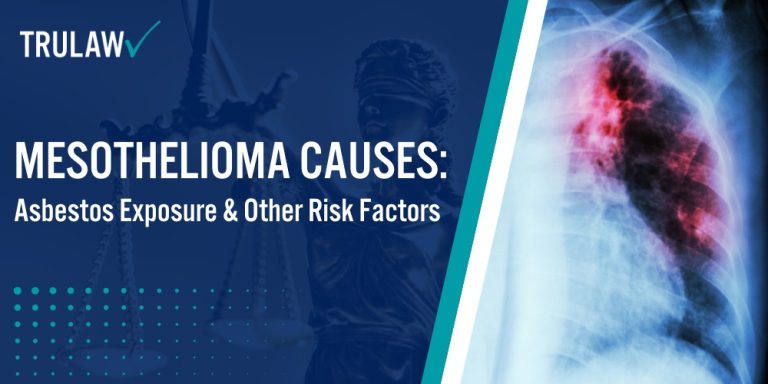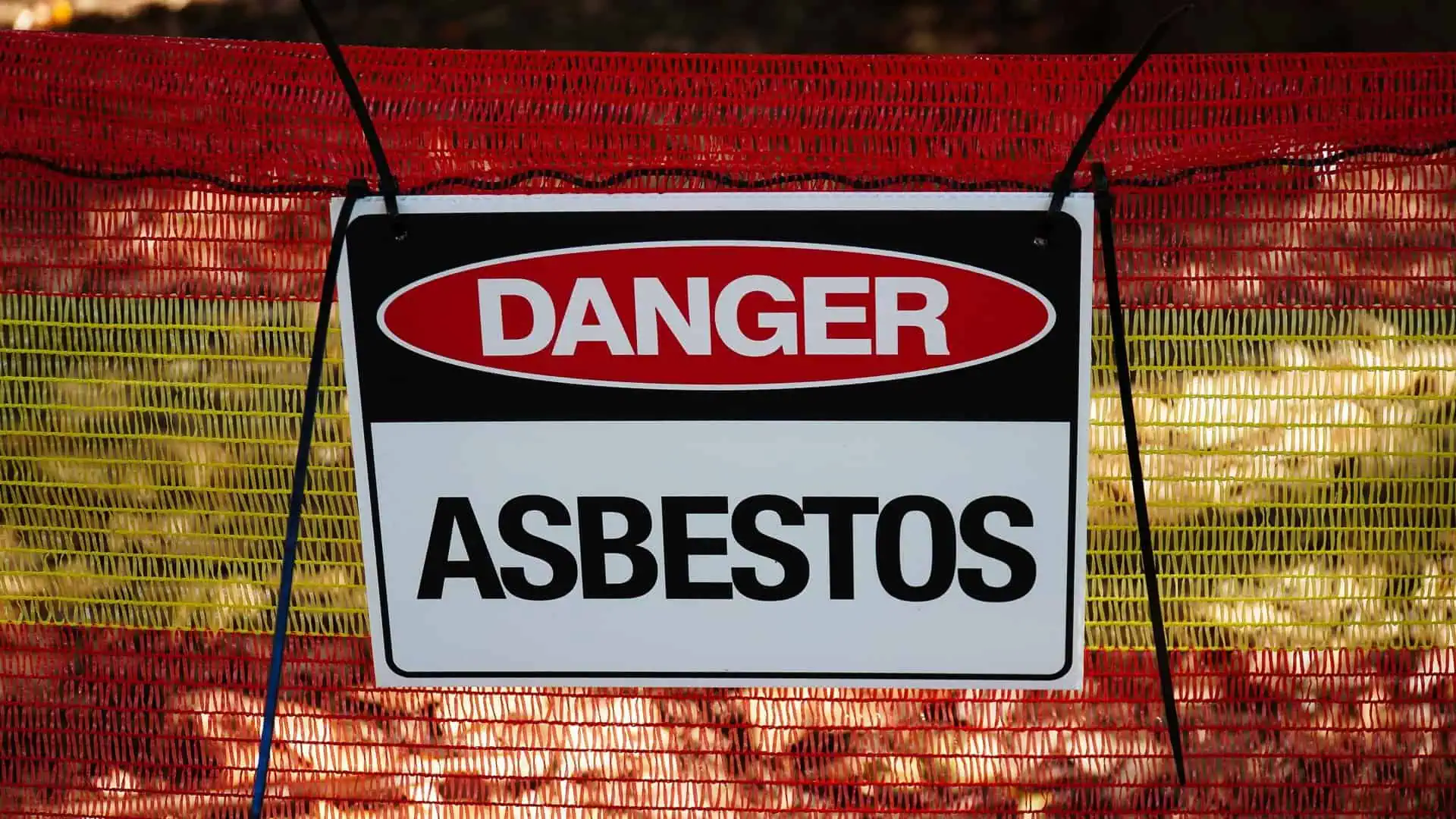Mesothelioma represents a devastating cancer directly linked to toxic environmental and occupational exposures.
While asbestos remains the primary cause, multiple risk factors contribute to an individual’s potential for developing this aggressive disease.
Occupational Asbestos Exposure
Workplace environments historically represented the most significant source of asbestos exposure, particularly in industrial and construction settings.
Workers in specific industries faced substantially higher risks of encountering dangerous asbestos materials during their careers.
Industries with high asbestos exposure risk include:
- Construction Workers: Handling materials like insulation, roofing, and flooring containing asbestos
- Industrial Workers: Operating machinery and equipment with asbestos-containing components
- Factory Personnel: Manufacturing products using asbestos-based materials
- Shipyard Workers: Maintaining and repairing vessels with extensive asbestos installations
Occupational exposure remains the most prevalent pathway for individuals to develop mesothelioma.
The duration and intensity of workplace contact directly correlate with potential cancer development, creating long-term health risks for workers in these industries.
Asbestos Exposure in the U.S. Military
Military service, particularly in naval branches, presented significant asbestos exposure risks for veterans.
Asbestos was extensively used across military infrastructure, vehicles, and protective equipment due to its heat-resistant properties.
Military positions with increased asbestos exposure risk:
- Navy Veterans: Serving on ships with extensive asbestos insulation
- Maintenance Technicians: Repairing equipment containing asbestos materials
- Mechanics: Working with asbestos-laden vehicle and aircraft components
- Shipyard Workers: Constructing and maintaining military vessels
Veterans, especially those who served between the 1930s and 1970s, face higher risks of developing pleural mesothelioma due to widespread asbestos usage during that period.
Many service members were unknowingly exposed to asbestos fibers throughout their military careers.
The connection between military service and malignant mesothelioma highlights the importance of comprehensive health screenings and support for veterans who may have encountered these hazardous materials during their service.
Secondary Exposure Risks
Secondary asbestos exposure occurs when individuals inadvertently come into contact with fibers brought home on clothing, skin, or equipment.
Family members of workers in high-risk industries faced significant potential for indirect contamination.
Women and children were particularly vulnerable to secondary exposure, as workers often unknowingly transported asbestos particles on work clothing or personal items.
This pathway contributed to numerous peritoneal mesothelioma cases among individuals with no direct occupational contact.
Genetic and Environmental Considerations
While asbestos exposure remains the primary cause, genetic mutations and environmental factors can increase an individual’s susceptibility to malignant pleural mesothelioma.
Specific genetic markers, such as BAP1 gene mutations, may heighten cancer cell development risks.
Environmental exposure near asbestos mining regions or manufacturing sites can also contribute to potential health risks.
Radiation therapy and other ionizing radiation sources might further complicate an individual’s potential for developing mesothelioma.



